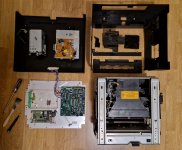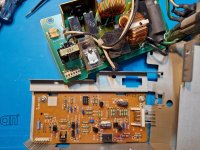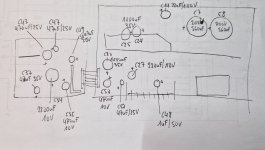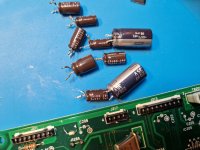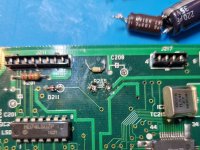Hi all
I realise that printers are boring, but I wanted to give this one a go as in the end, having a laser printer for bulk b&w printing wouldn't be a bad thing to have.
The problem with the printer is that it doesn't budge when the PC sends a document to the printer queue. Sometimes there's a split second of movement and it feels like something is jammed, but there's no errors and the document is stuck in "printing". No attempt to pick up paper whatsoever.
It's a black box (pun intended) to me...usually printers are pretty vocal about their problems. Is there a way to find out what's wrong with it?

Thanks a lot
PS: When I open the lid the computer complains about an open lid, as well as when selecting manual feed and no paper is in the manual feeder. That's about it.
I realise that printers are boring, but I wanted to give this one a go as in the end, having a laser printer for bulk b&w printing wouldn't be a bad thing to have.
The problem with the printer is that it doesn't budge when the PC sends a document to the printer queue. Sometimes there's a split second of movement and it feels like something is jammed, but there's no errors and the document is stuck in "printing". No attempt to pick up paper whatsoever.
It's a black box (pun intended) to me...usually printers are pretty vocal about their problems. Is there a way to find out what's wrong with it?

NeXT 400 DPI Laser Printer Brochure from 1992 : NeXT Computer, Inc. : Free Download, Borrow, and Streaming : Internet Archive
Brochure for NeXT 400 DPI Laser Printer from NeXT Computer from 1992
archive.org
Thanks a lot
PS: When I open the lid the computer complains about an open lid, as well as when selecting manual feed and no paper is in the manual feeder. That's about it.

